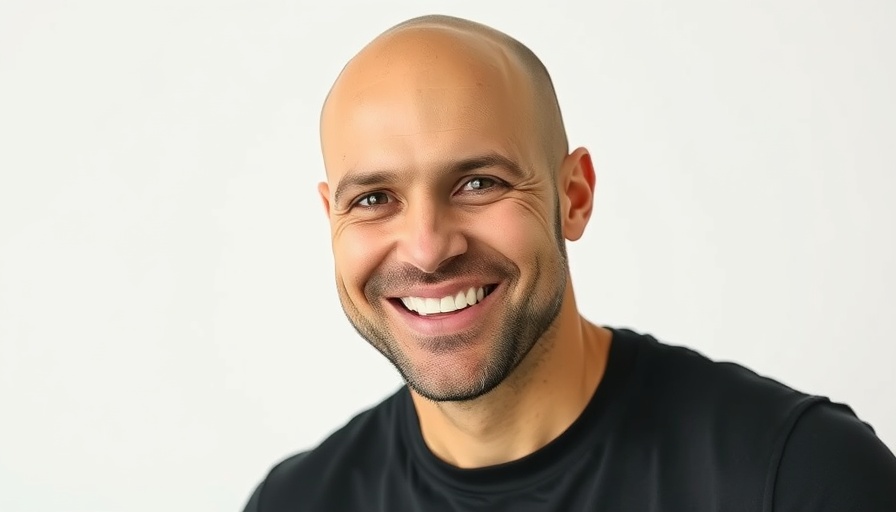
CRV’s New Fund Dynamics: Implications for Healthcare Innovations
The recent announcement by CRV, a veteran in the venture capital landscape, of raising $750 million for its latest fund signals not just a reshaping of its investment strategy but also mirrors broader shifts that could impact healthcare technology. With a focus on early-stage startups, CRV aims to channel resources toward consumer and developer tools—both of which are increasingly relevant in the healthcare sector.
Why Early-Stage Investment Matters in Healthcare Technology
Investing in seed and Series A companies can be crucial for nurturing disruptive technologies. As seen in CRV's portfolio, companies like DoorDash and Vercel illustrate the potential for innovation to flourish in environments where foundational support is provided early.
Significance of CRV’s Focus Shift
CRV’s decision to pivot away from late-stage investments, especially as it returned substantial capital to investors, indicates a cautious approach towards the current economic climate. For healthcare IT specialists and administrators, this means that emerging tools aimed at enhancing patient care and streamlining operations may soon see increased support, despite the turbulent investment environment.
Adjustments on the Horizon for Existing Technologies
With CRV’s latest investments in CodeRabbit and Outtake—both leveraging artificial intelligence to improve coding and cybersecurity—healthcare providers can anticipate advancements in tech that could help with patient data protection and effective resource management. This evolution points towards a future where technology and healthcare increasingly converge, promising innovative solutions to longstanding challenges.
The Future Landscape: Investment and Innovation
The venture capital ecosystem continues to evolve, particularly in sectors as critical as healthcare. For professionals in the field, understanding these investment trends is essential, especially regarding how they can leverage new technologies.
As the healthcare industry grapples with technological demands, watching CRV’s next steps will be pivotal for those looking to innovate or sustain competitive advantages in patient care and operational efficiency.
 Add Row
Add Row  Add
Add 




Write A Comment